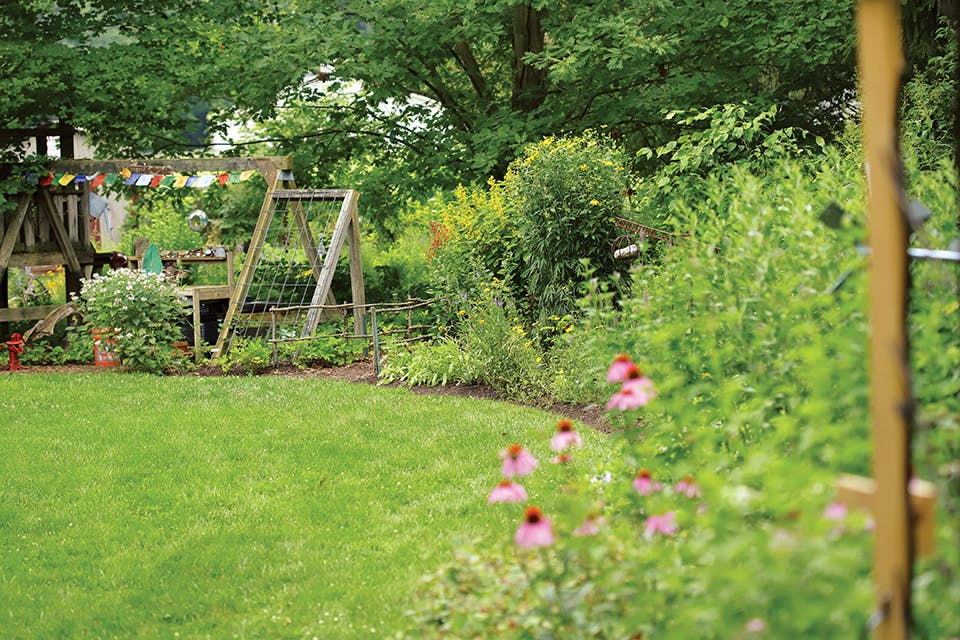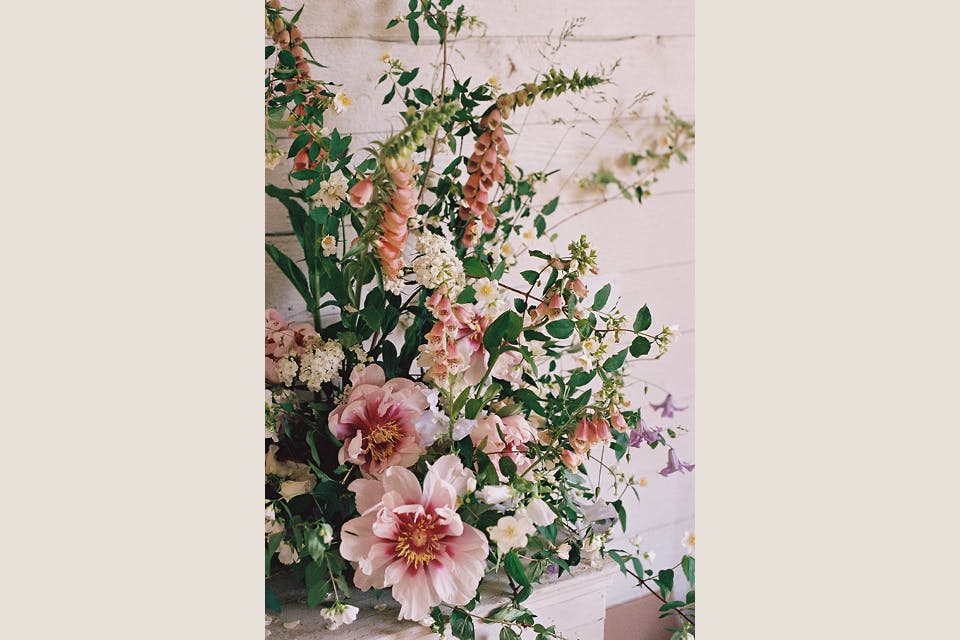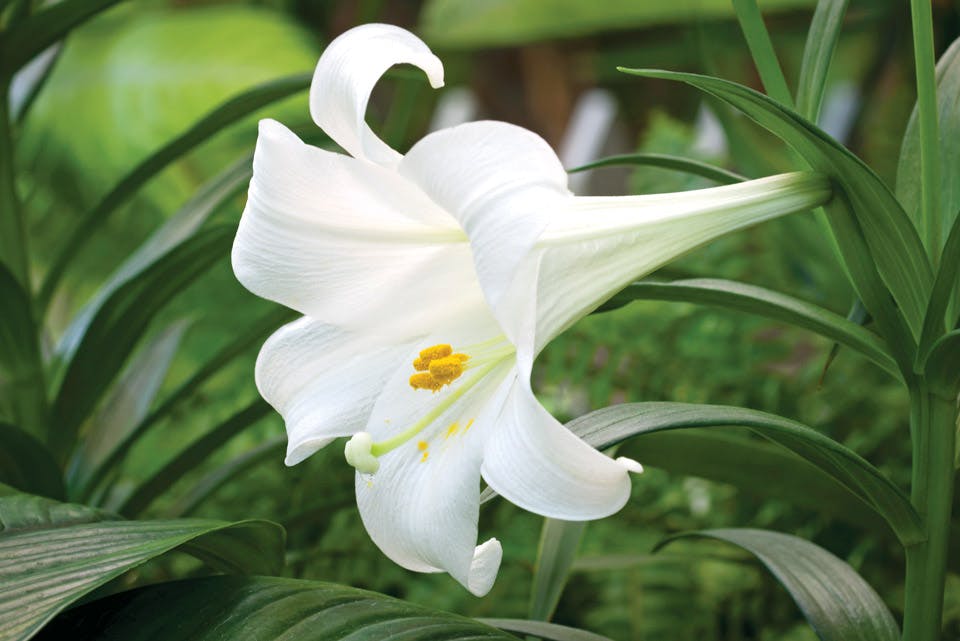Home + Garden
The Beauty Behind the Easter Lily
The Easter lily is a symbol of renewal and rebirth, and our state is one of the flower’s leading producers.
Related Articles

How to Plant a Native Ohio Garden
Terri and Randy Litchfield created a living landscape of native plants outside their Delaware home. Here’s how you can, too. READ MORE >>

Old Slate Farm, Mount Vernon
Katie and Brad Carothers grow beautiful flowers that they turn into romantic floral designs for weddings and other events. READ MORE >>

Toledo: Birds, Boats & Blooms
From exploring the Great Lakes to spotting birds at Woodlawn Cemetery & Arboretum, Toledo offers a variety of ways to connect with nature. READ MORE >>


